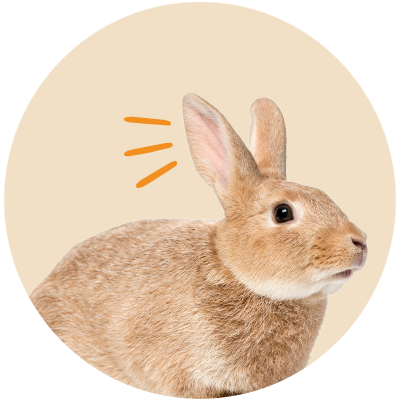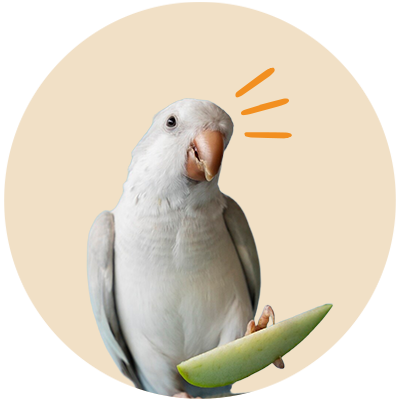Bringing a newborn home is an exciting, life-changing experience—and if you’re a pet parent, you already know that your dog or cat is more than just an animal; they’re a family member. But how do you ensure that your furry friend adjusts smoothly to the newest member of your family? In this post, we’ll dive into practical tips and expert advice on how to introduce your newborn to your dog or cat while keeping everyone safe and happy.
Understanding the Dynamics
Every pet is unique. Whether your home is filled with wagging tails or gentle purrs, it’s important to recognize that pets can experience stress and uncertainty with big changes. The arrival of a newborn disrupts the usual routines, and your pet might feel confused or even a bit jealous. But with careful planning and patience, you can make the transition as smooth as possible.
Key Points to Remember:
- Patience is essential: Don’t expect an instant bond between your baby and your pet.
- Consistency helps: Stick to routines for feeding, walks, and playtime.
- Positive reinforcement: Reward calm and gentle behavior around the baby.
Before Bringing Baby Home
1. Establish a Routine
Your pet thrives on routine. Begin preparing them for the change well in advance by gradually altering their schedule. This might include changes in feeding times, play sessions, or even areas of the house that will become baby spaces.
2. Familiarize Them with Baby Scents
Pets are highly sensitive to smells. Before the baby arrives, introduce your pet to baby-related scents. You might leave a piece of baby clothing or a blanket that has been gently worn by your partner near your pet’s resting area. This will help them get accustomed to the new aroma in a non-threatening way.
3. Create Safe Spaces
Both for your baby and your pet, designate areas where they can retreat and feel secure. For your pet, this might be a quiet room or a cozy nook where they can relax without worrying about the baby’s presence. For your baby, this might be a crib in a calm area of the house.
The Introduction Process
1. The First Meeting
When it’s time for the actual introduction, start slowly:
- Keep the environment calm: Ensure the room is quiet and free from distractions.
- Hold your newborn securely: Always hold your baby during the first interactions, so you can respond quickly if your pet seems overly excited or anxious.
- Let your pet observe from a distance: Allow your pet to watch you interact with the baby. Often, pets will mirror your calm behavior.
2. Supervise All Interactions
Never leave your newborn and pet alone, even for a moment. Supervision is key in the early days. This not only ensures the safety of your baby but also helps your pet learn the boundaries of gentle behavior.
3. Use Positive Reinforcement
Reward your pet for calm behavior around the baby. Whether it’s through treats, praise, or extra playtime, positive reinforcement helps your pet associate the baby with good things.
- Tip for Dog Owners: If your dog is particularly enthusiastic, command-based training (like “sit” or “stay”) can help manage their excitement.
- Tip for Cat Owners: For more reserved cats, gentle petting and treats can reinforce that the baby’s presence is a positive experience.
Handling Special Cases
Dogs:
- Energy Levels: Dogs, especially those with high energy, may need extra exercise before meeting the baby. A tired dog is often a calmer dog.
- Protectiveness: Some dogs may become protective. Gradually introduce them to the baby’s presence and make sure they understand that the baby is part of the family.
Cats:
- Territorial Behavior: Cats can be more territorial and may need extra time to adjust to new baby scents and sounds.
- Safe Zones: Ensure your cat has access to elevated or secluded spaces where they can retreat if they feel overwhelmed.
Extra Considerations:
- Gradual Exposure: Don’t force interactions. Allow your pet to approach the baby on their own terms once they’re comfortable.
- Watch Body Language: Whether it’s a wagging tail or a twitching ear, pay attention to signs of stress or excitement in your pet, and intervene if necessary.
Building a Lasting Bond
Creating a nurturing environment where both your newborn and pet feel secure will pave the way for a strong, lifelong bond. As your baby grows, continue to involve your pet in family activities—be it through supervised play or simply sharing the same room. Over time, your pet will likely become a gentle guardian and a loving companion to your child.
A Few Parting Thoughts:
- Routine and Reassurance: Consistency in your pet’s routine provides reassurance during the transition.
- Safety First: Always prioritize safety for both your baby and pet.
- Time Heals: Adjustments take time. With love, patience, and plenty of positive interactions, your pet will learn to embrace the new family member.
Conclusion
Introducing your newborn to your dog or cat is an exciting journey that requires thoughtful planning, patience, and lots of love. By preparing ahead of time, carefully managing the introduction process, and always supervising interactions, you can help ensure a positive relationship between your baby and your pet. Remember, every pet reacts differently—what works for one might not work for another. Trust your instincts, adjust as needed, and enjoy watching your family grow and bond in unique ways.




























Jørgen J. Hansen
Aenean volutpat nisl id lorem posuere pretium. Nam scelerisque commodo congue. Proin eu ornare dui. Ut molestie est tellus, vitae iaculis erat iaculis a. Nulla non gravida leo. Nulla consectetur elit quam, vel suscipit tellus pellentesque sed.
Jørgen J. Hansen
Fusce consectetur mauris at eros feugiat, ut luctus arcu maximus. Etiam ac risus volutpat, convallis odio quis, hendrerit quam. Nulla gravida augue nec fringilla rhoncus. Praesent consectetur sed ligula eu luctus. Etiam eget eros ut ex tincidunt ultricies ut ut tortor.